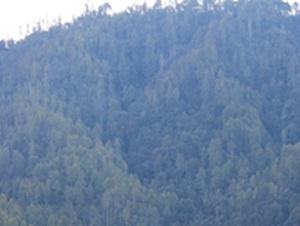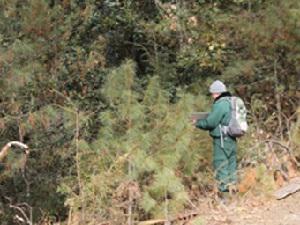Tashi Phuntsho
The proposed project would help to establish adequate baseline information regarding the diversity and effect of vegetation to bird in logged and unlogged forest of Forest Management Units. It will also help the policy makers, planners, managers, government organization, local government, local people and NGOs in proper planning and developing forest management plan in future.

Study site.
Birds are used as one of the key indicators for the quality of forest environments (Larsen et al., 2010). According to Ghadiri et al. (2013), birds are very sensitive to habitat changes, forest fragmentation, stand age and tree species composition and the amount of dead wood. The effect of logging has been observed tremendous habitat destruction, stand-age gradients, change in tree species composition, foliage height profile and decrease in large canopy trees (Laiolo et al., 2003). Birds are the essential part of the environment yet the protection effort seems inconsistent. Most research on the use of forested habitats by birds has focused at the local or stand level, and the majority of management decisions affecting birds were also made at that level only.

Data collection.
With more than 686 species of bird recorded so far, Bhutan is well-known to be a best birding destination in Asia. Bhutan currently has 32 Forest Management Units all over the country established for sustainable timber harvesting. With the primary objective for production of timber and the easy access to salvage logging by the local communities may be detrimental to bird conservation in future. The pressure on timber and extraction of lops and tops by local residents obliterate the preferred nesting and foraging sites posing enormous threat to substantial number of bird species. The threats are evident from anthropogenic disturbances.
This project will compare the bird diversity in logged and un-logged forest of Khotokha and Gogona Forest Management Units, Wangdue district. The study will focus in two blocks, logged and un-logged in both Forest Management Units. The Kekephu and Suebesa block under Khotokha Forest Management Unit will be selected as logged and un-logged blocks respectively. Gangkha and Dakaysa block under Gogona Forest Management Unit will be selected as logged and un-logged blocks respectively. The research finding will help to inform the conservationist, policy makers and the higher authorities in formulating and implementing new management plans by framing better guidelines for conservation and monitoring on these species.